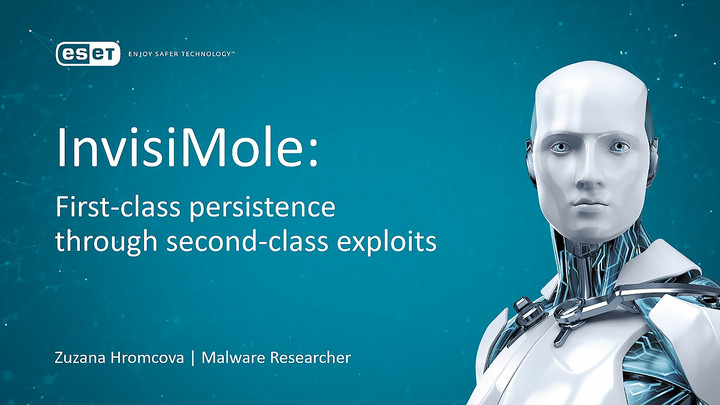InvisiMole: first-class persistence through second-class exploits
Zuzana Hromcová (ESET)
19:00 UTC on
Day 3
FRIDAY 02 OCTOBER
Zuzana Hromcová
ESET
Zuzana Hromcová is a reverse engineer, working at ESET since 2016. She is a part of the @ESETresearch team, focusing on targeted espionage operations. In the past, she has presented her research at AVAR, BlueHat IL and Virus Bulletin conferences, but is also a regular speaker at local events, aiming to spread awareness about information security among students.





